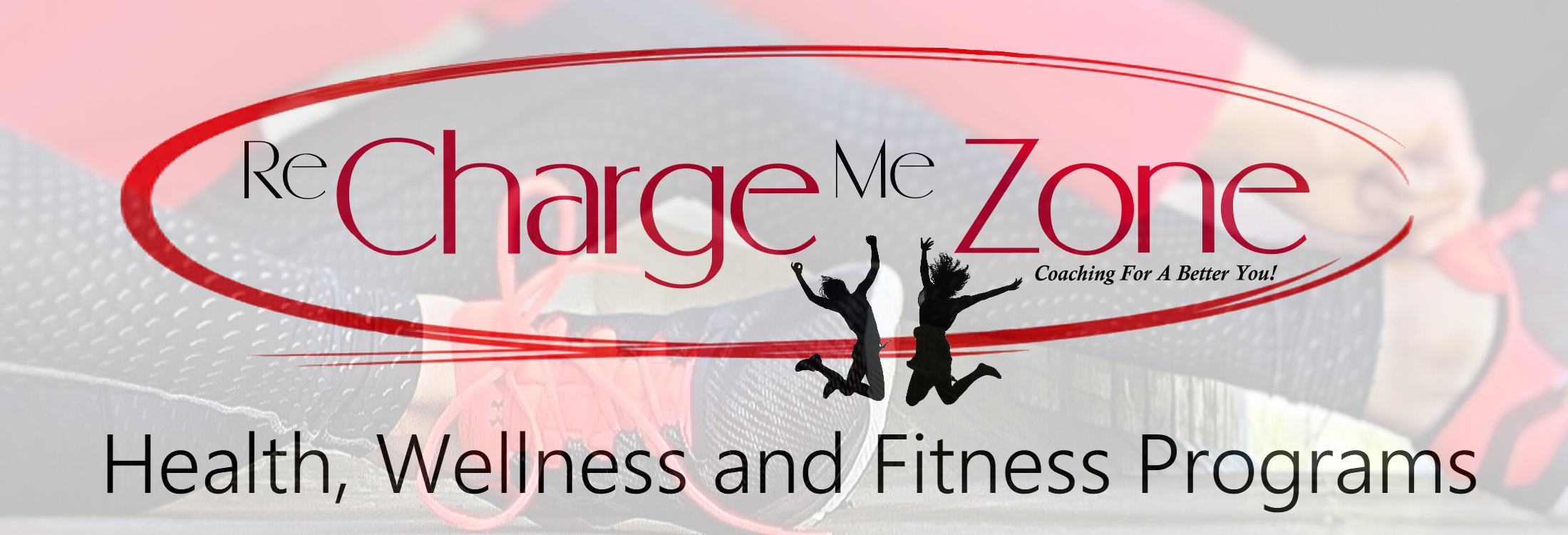Many of us have a complicated relationship with food. We LOVE to eat, and we HATE how it affects us. Often, we have a distorted view of what and how much we eat, and our choices aren’t always the best for us. Too many times I hear how great an eating plan is going, then something happens, and it falls apart. The breakdown can come from many areas, like poor planning, going too long without eating, or just not drinking enough water. Sometimes it can be from depriving our self and then binging on that very food. This love-hate relationship is an old dance that we have been playing over and over for a lifetime. Frequently it began when young, when we become overly conscious of our bodies and become slave to the scale. Society puts a picture in our mind of what is ideal, and we then strive to get that perfection. We then began the roller coaster ride of fad diets, poor nutrition, and poor fitness plans. Before you know it, we have formed a habit. Here is an example. We have an upcoming event, (cruise, school reunion, wedding) and we gear up by dieting and exercising, then we celebrate during the event and then go right back to our old habits.
Let’s look at some facts about the diet industry from the U.S. Weight Loss & Diet Control Market. In 2019 the report stated that the US weight loss market was worth a record $72 billion. The good news is consumers are shunning processed foods and artificial ingredients, and more consumers are using free diet and fitness apps to track their intake. The bad news according to a study conducted by the National Center for Health Statistics shows both men and women in the US are nearly an inch taller and 25 pounds heavier with an increase in body mass index (BMI) than in 1960. Which is not surprising since we serve larger quantities, eat fewer whole foods, and move less. It should also be noted that although the diet industry is still strong, the number of dieters has fallen, due to the growth of the size acceptance and body positivity movement.
So, what does this all mean? I believe it suggests that although are more knowledgeable about food today than ever and have many options at our fingertips, our relationship with eating is muddy. Why? Several reasons, but I want to focus on the relationship aspect and how we are processing our thoughts when it comes to eating. Let’s explore how we feel about food as well as when and why we eat.
Eat when you are hungry and stop when your full.
The body can tell you so many things if you learn to listen. This amazing machine knows what it requires and can alert you to what it does not need. Learning these cues when your body is hungry or full can help you eat when you need to and stop when you should. Cravings are clues. For example, if you are burning a lot of carbohydrates from exercise, you will more than likely be craving replacements. Listen for the clues and learn to connect what you are feeling to what your body is telling you.
Don’t categorize food as good and bad.
When you deprive yourself of specific foods because you label them as bad or off limits, you are setting yourself up for failure. By learning to eat instinctively, you can satisfy a craving and be less likely to overeat or binge when your willpower has been depleted. Discover how improving nutrition and satisfying craving can create variety, balance, and self-control. Eat, keeping moderation in mind. Don’t keep foods in the house that are problematic and seem to call your name. If you like ice cream go out occasionally to get it as a treat rather than keeping a gallon in the freezer when you know you can’t leave it alone. Also remember to portion out your treats. Rather than sitting down with a half-gallon of ice cream with a spoon or a bag of chips, serve yourself with a cup or bowl that can control the amount you are having.
Recognize emotional eating habits.
You may use food as a coping method when experiencing emotional feelings or triggers. Boredom, stress, solitude, and other emotional situations can cause overeating. Learning to recognize what initiates these feelings will help you find other outlets to cope. It’s important to divide natural hunger from emotional hunger.
Don’t be a slave to the scale.
The scale is a good way to keep track of change, but if you are building muscle and losing fat, it can disappoint since muscle weighs more. Preferably we want to eat to provide energy, to feel good, and not to structure our meals around the number on the scale.
Practice mindful eating.
If you are paying attention to your body’s signals for hunger and fullness, you will understand mindful eating habits. Eat without distractions such as television, email, or other diversions. Mindful eating is being present at the moment. Practice on each bite and pay attention to the texture and flavor of the food. Recognize when your body is becoming full. Asking yourself the following questions will teach you to pay attention and keep you in the moment rather than mindlessly taking in food without really knowing what or how much you ate.
Why do I eat? When do I want to eat? What do I eat? How do I eat? How much do I eat? Where do I invest my energy?
Enjoy!
Best of all, we can appreciate our experience with food by coming to terms with our old way of thinking and adopting mindful practices. By practicing mindfulness in our eating habits and dispersing with depriving our self, we become more in touch with our body.
“Mindfulness practices are not about learning to enjoy every moment in every day. Let’s be honest: We are humans, and this is a lofty goal for even the most practiced individuals. Mindfulness is simply about elevating our level of awareness and connectivity to daily life. It’s a way to live life without just ‘going through the motions’ of life. “ – Erin Nitschke, MS, EdD


